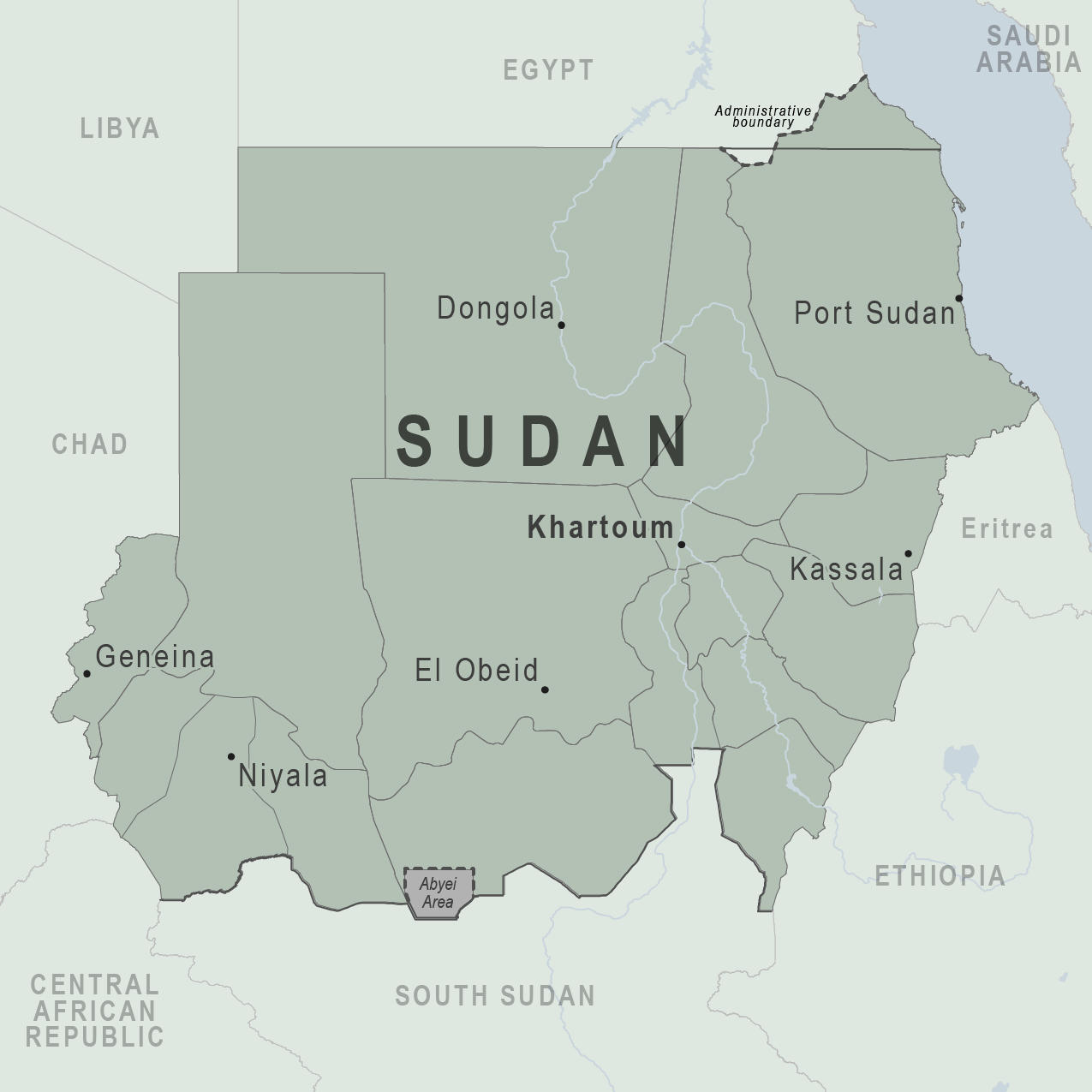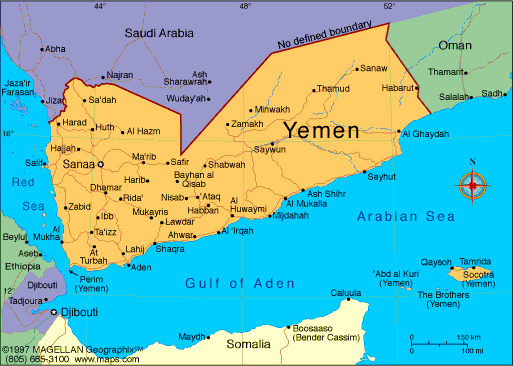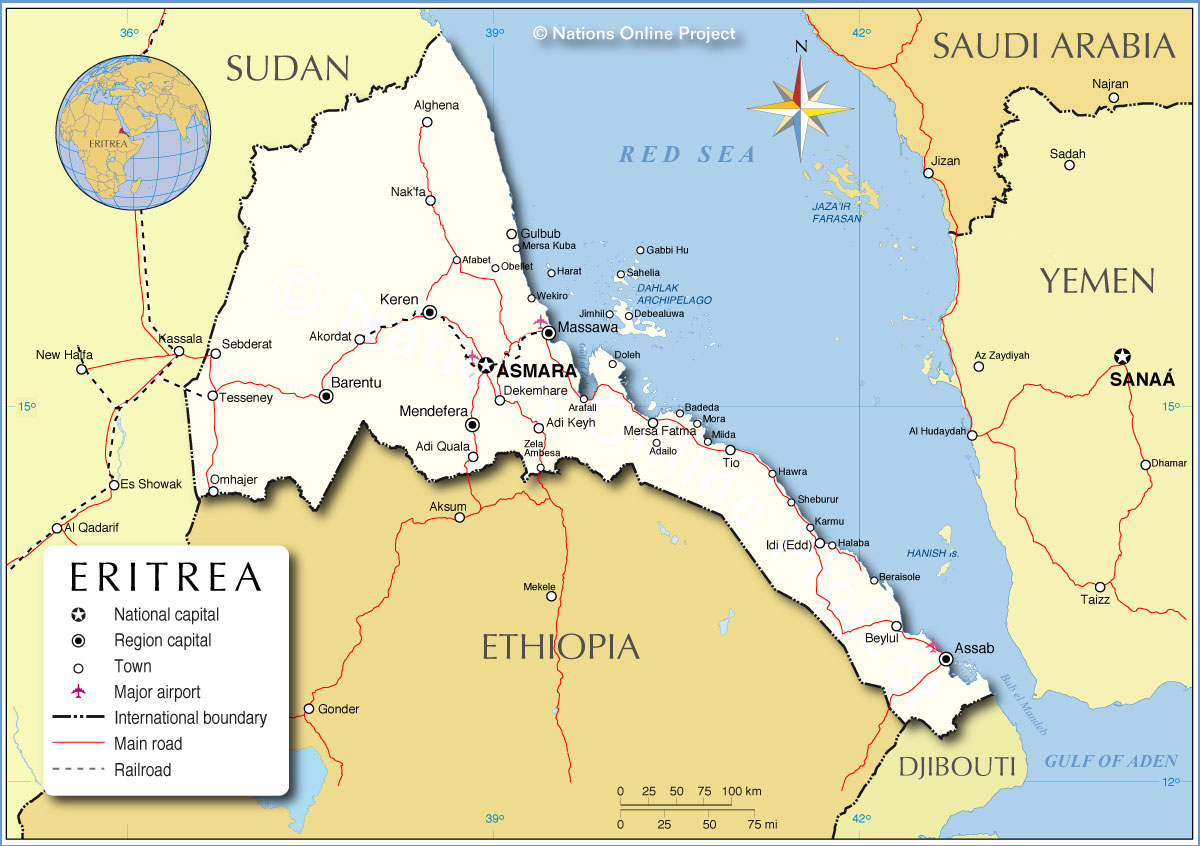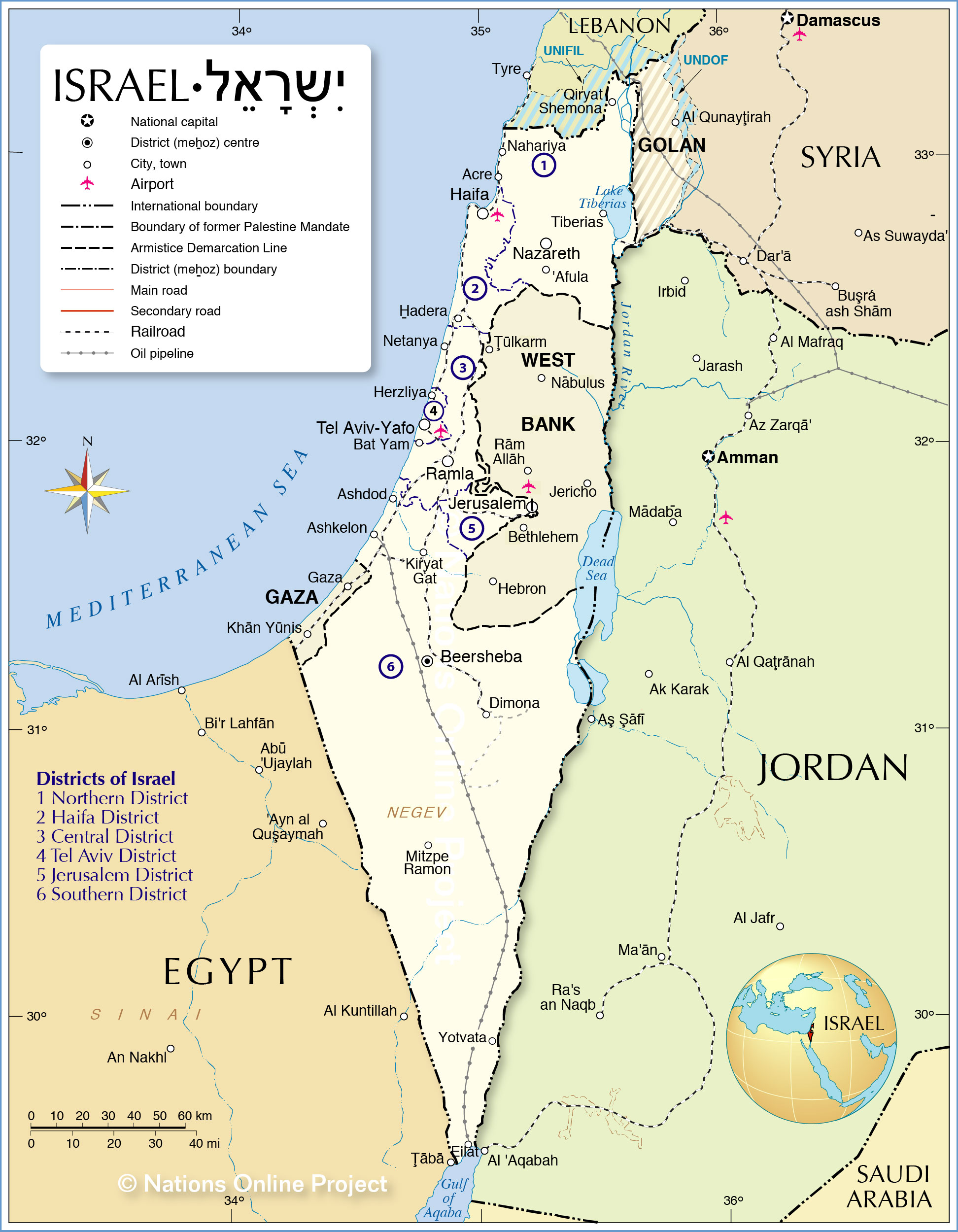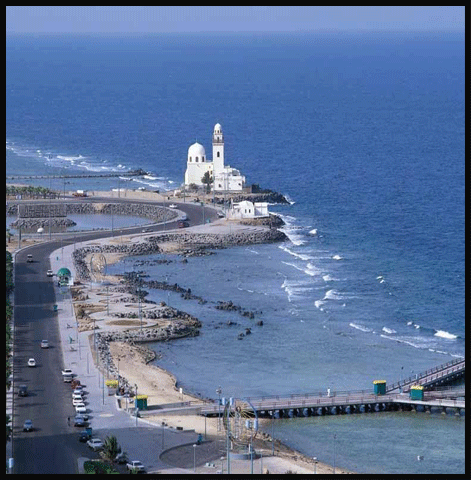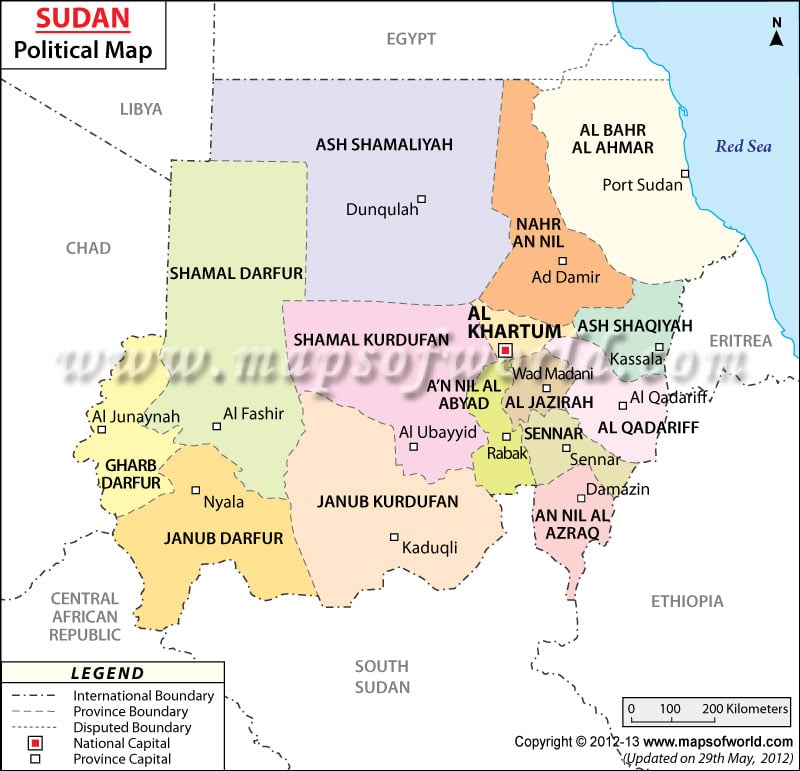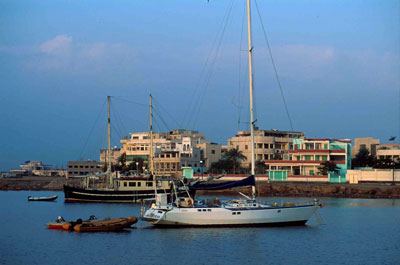Important information on the Red Sea, the Red Sea Pictures, the depth of the Red Sea, along the Red Sea
الأربعاء، 31 ديسمبر 2014
reefs in the Red Sea
Red Sea contains many coral beach include many atolls. Many inshore reefs unusual formed to challenge the traditional schemes coral reefs classified, and is generally attributed to the high levels of tectonic activity that characterizes the region.
This ancient coral adjacent ranges between 5000-7000 years and is formed mostly of acropora and porites rocky reefs
This ancient coral adjacent ranges between 5000-7000 years and is formed mostly of acropora and porites rocky reefs
الثلاثاء، 30 ديسمبر 2014
Of the main city in the Red Sea
Jeddah
Jeddah is a Saudi city, located in the area west of Mecca, Saudi Arabia, away from the city of Jizan 700 km to the north and from the city of Yanbu, 300 kilometers south nicknamed the Bride of the Red Sea and is the economic and tourism capital of the Kingdom of Saudi Arabia, and is considered as the first destination
Hurghada
Hurghada is located on the western shore of the Red Sea on a line length of 48 '33 ° east longitude and latitude 15' 27 ° north,
PORT SUDAN
Port Sudan is a coastal city located in the north eastern Sudan, on the west coast of the Red Sea at a height of two meters (6.6 feet) above sea level, and away from the capital, Khartoum, 675 kilometers (419 miles). It is the main seaport in Sudan
Red Sea Fish
In 1761 a study was the Red Sea fish by the world Peter Vorskal Peter Forsskali launched a scientific on the Red Sea, where the names of fish described 151 species of fish.
And in 1822 the world's Edward Rupel Edward Ruppel compiled a Red Sea fish, and has published the Atlas on the Red Sea fish included 161 species, including 75 new species in the period from 1828 to 1830. Then the same the world to publish another Atlas of four parts featuring 164 type including 100 new type (1835 to 1838).
And at the same time when the Rupel does the same work there were two other scientists from Germany are based also collect fish samples from the Red Sea and two CG Ehrenberg and FG Hemprich died the second before returning the first returned a wide range of animal and plant samples from the Red Sea, so he handed over the fish samples to the worlds Shahyran in fish are B .. G. Cuvier and A. Valencinnes puppeteers to include this group of fish in a book about the natural history of the fish consists of 22 part (1822-1847).
And in 1864 another world is a physicist Carl Klunzinger began and who was working in Egypt at that time, a study on the Red Sea fish lasted 5 years published the years 1870 and 1871 were included in this study 520 species of Red Sea fish. Since then, studies of the Red Sea fish rolled In 1971, Peter (Botros) to publish a summary from the Red Sea fish contained the names of all fish studied and named by earlier scholars. And in 1980 he Ormond logged list of common fish in the Red Sea with some information about the behavior of these fish depending on the observations that have been registered under the water.
In 1983 the John Randall put a wonderful guide to the definition and description of the Red Sea fish contains 356 type did not stop the development of this world wonderful color images but within his scientific information extremely accurate and important. In the middle of the last century, the Australian Hans Haas, the world's first movie filmed video of marine life in the Red Sea, where he filmed 26 short film. In 1984, Dor publish a list containing about 1000 species of Red Sea fish followed by another list in 1994 contained a 1248 type published by Dor & Goren.
Source
And in 1822 the world's Edward Rupel Edward Ruppel compiled a Red Sea fish, and has published the Atlas on the Red Sea fish included 161 species, including 75 new species in the period from 1828 to 1830. Then the same the world to publish another Atlas of four parts featuring 164 type including 100 new type (1835 to 1838).
And at the same time when the Rupel does the same work there were two other scientists from Germany are based also collect fish samples from the Red Sea and two CG Ehrenberg and FG Hemprich died the second before returning the first returned a wide range of animal and plant samples from the Red Sea, so he handed over the fish samples to the worlds Shahyran in fish are B .. G. Cuvier and A. Valencinnes puppeteers to include this group of fish in a book about the natural history of the fish consists of 22 part (1822-1847).
And in 1864 another world is a physicist Carl Klunzinger began and who was working in Egypt at that time, a study on the Red Sea fish lasted 5 years published the years 1870 and 1871 were included in this study 520 species of Red Sea fish. Since then, studies of the Red Sea fish rolled In 1971, Peter (Botros) to publish a summary from the Red Sea fish contained the names of all fish studied and named by earlier scholars. And in 1980 he Ormond logged list of common fish in the Red Sea with some information about the behavior of these fish depending on the observations that have been registered under the water.
In 1983 the John Randall put a wonderful guide to the definition and description of the Red Sea fish contains 356 type did not stop the development of this world wonderful color images but within his scientific information extremely accurate and important. In the middle of the last century, the Australian Hans Haas, the world's first movie filmed video of marine life in the Red Sea, where he filmed 26 short film. In 1984, Dor publish a list containing about 1000 species of Red Sea fish followed by another list in 1994 contained a 1248 type published by Dor & Goren.
Halfspotted Grouper
Moontail grouper
Shark
Source
Red Sea is a direct translation
Red Sea is a direct translation of the Greek word Arthera Thalassa - Ερυθρὰ Θάλασσα
And Latin Mir Robrom - Mare Rubrum (instead of the word Arabekos Sinus Sinus Arabicus, which literally means the "Arabian Gulf") and when Arabs in the past (the Caspian)
During the Middle Ages, the Red Sea was an important part of the way the spice trade (en). In 1513, Afonso de Albuquerque imposition of the blockade on the Aden to try to secure that the way to Portugal. [12] but was forced to retreat. Supernatant and the Red Sea into the Bab al-Mandab, and was the first European fleet sailed in these waters.
In 1798, France commander Bonaparte ordered the invasion of Egypt and the control of the Red Sea. Although he failed in his mission, the engineer Jean-Baptiste Lopez, who took part in this task the idea of re-channel Alzta was perceived at the time of the pharaohs. Many of the channels to build in ancient times from the Nile to the Red Sea on the length or near the water channel Sweet current line, but it did not last for long. The opening of the Suez Canal in November 1869. At that time sharing the British, the Italians and the French commercial centers. These centers were dismantled gradually in the aftermath of the First World War. After World War II, the Americans took control of the influence of the Soviets in the volume of oil tankers intensive movement. However, the Six-Day War, culminating in the closure of the Suez Canal in between 1967 to 1975. Today, in spite of patrols by the major naval fleets in the Red Sea and the Suez Canal did not get rid of sovereignty on the green path, which is believed to be less vulnerable.
And Latin Mir Robrom - Mare Rubrum (instead of the word Arabekos Sinus Sinus Arabicus, which literally means the "Arabian Gulf") and when Arabs in the past (the Caspian)
During the Middle Ages, the Red Sea was an important part of the way the spice trade (en). In 1513, Afonso de Albuquerque imposition of the blockade on the Aden to try to secure that the way to Portugal. [12] but was forced to retreat. Supernatant and the Red Sea into the Bab al-Mandab, and was the first European fleet sailed in these waters.
In 1798, France commander Bonaparte ordered the invasion of Egypt and the control of the Red Sea. Although he failed in his mission, the engineer Jean-Baptiste Lopez, who took part in this task the idea of re-channel Alzta was perceived at the time of the pharaohs. Many of the channels to build in ancient times from the Nile to the Red Sea on the length or near the water channel Sweet current line, but it did not last for long. The opening of the Suez Canal in November 1869. At that time sharing the British, the Italians and the French commercial centers. These centers were dismantled gradually in the aftermath of the First World War. After World War II, the Americans took control of the influence of the Soviets in the volume of oil tankers intensive movement. However, the Six-Day War, culminating in the closure of the Suez Canal in between 1967 to 1975. Today, in spite of patrols by the major naval fleets in the Red Sea and the Suez Canal did not get rid of sovereignty on the green path, which is believed to be less vulnerable.
The Red Sea is an arm of the India Ocean that separates the Arabian Peninsula from northeastern Africa.
Red Sea, an arm of the Indian Ocean and a major shipping route. It lies between the Arabian Peninsula and Africa, in one of the hottest, driest regions on earth. The Red Sea has an area of roughly 169,000 square miles (438,000 km 2 ), about that of California. Length is about 1,200 miles (1,930 km); width, as much as 230 miles (370 km).
The only natural entrance to the Red Sea is the Bab el Mandeb, a strategically important, narrow strait in the south, which connects with the Gulf of Aden. In the north, the sea divides into two narrow arms that flank the Sinai Peninsula. They are the Gulf of Suez, which is connected to the Mediterranean Sea by the Suez Canal, and the Gulf of Aqaba. The water of the Red Sea is quite salty—considerably more so than the water found in the oceans.
Coral reefs, with abundant and varied marine life, fringe most coastal areas. There are also numerous islands, especially in the south. The largest groups are the Dahlak Archipelago and the Farasan Islands.
Although much of the sea is shallow, the central part contains a deep depression for its entire length—part of the Great Rift Valley. The deepest point is 8,645 feet (2,635 m) below sea level. There are rich mineral deposits in the depression. Petroleum is produced in the sea's northernmost coastal area.
The Red Sea has been a shipping route since ancient times. For many centuries it was primarily of local importance, used mainly by Arab dhows. It attained major international importance after the opening of the Suez Canal in 1869. Among the cities and ports on the Red Sea, including the two northern gulfs, are Suez, Egypt; Eilat, Israel; Jidda, Saudi Arabia; Massawa, Eritrea; and Port Sudan, Sudan.
The Red Sea is associated with the Biblical story of Moses leading the Israelites out of Egypt. ( )
Industrial effluents, in the form of thermal pollution from power and desalination plants, hypersaline brinewater
from desalination plants, particulate matter and mineral dust from fertilizer and cement factories, and chemicals
and organic wastes from food processing factories have contributed to the degradation of water quality in
the Red Sea. Major areas of concern are in the coastal industrial areas of the Gulf of Aqaba in Jordan, tourism
areas on the Egyptian coast, industrial areas in the Gulf of Suez and in the industrial areas of Yanbu and
Jeddah in Saudi Arabia.
Poorly treated or untreated sewage effluents from treatment plants, cargo vessels, tour boats and ferries
have damaged marine life in certain areas inside the Gulf of Aqaba and the Egyptian Red Sea coasts. Solid
wastes such as plastics and other refuse materials are also commonly found in the beaches, reefs and seagrass
areas of the Gulf of Aqaba
الاشتراك في:
الرسائل (Atom)




